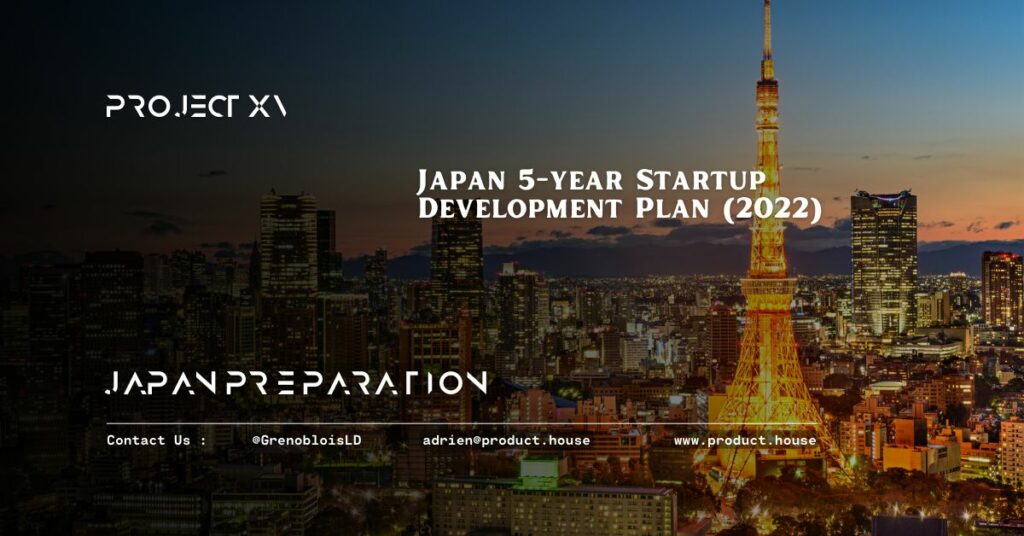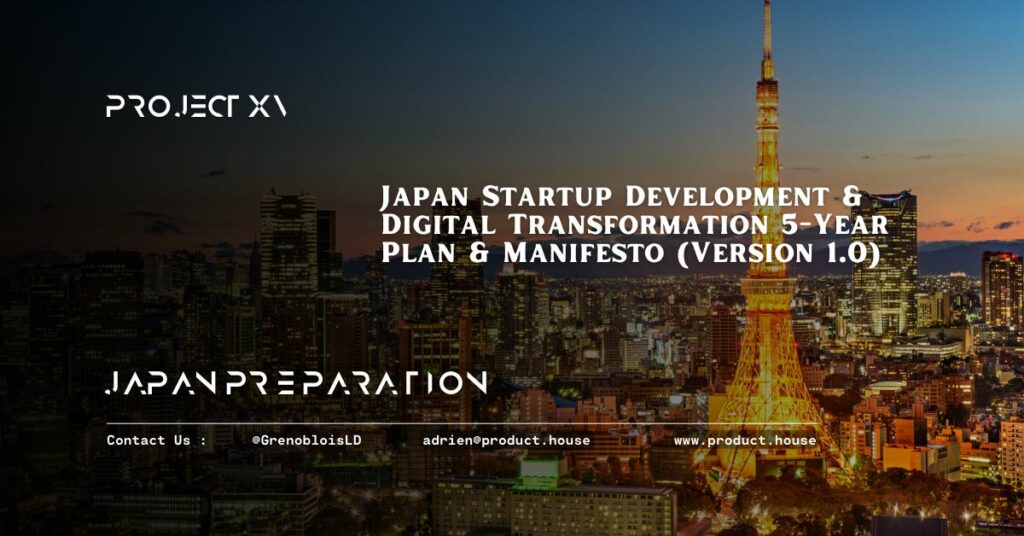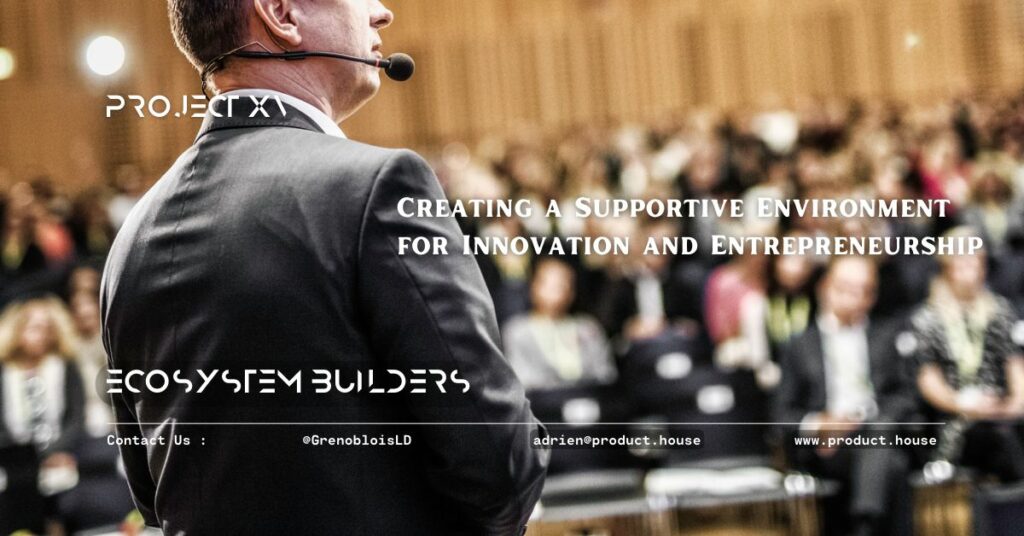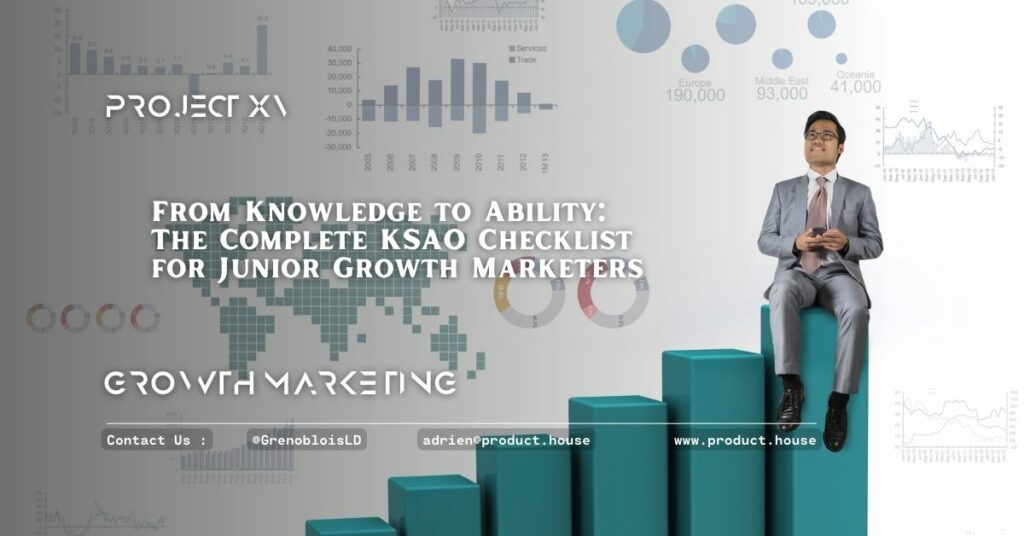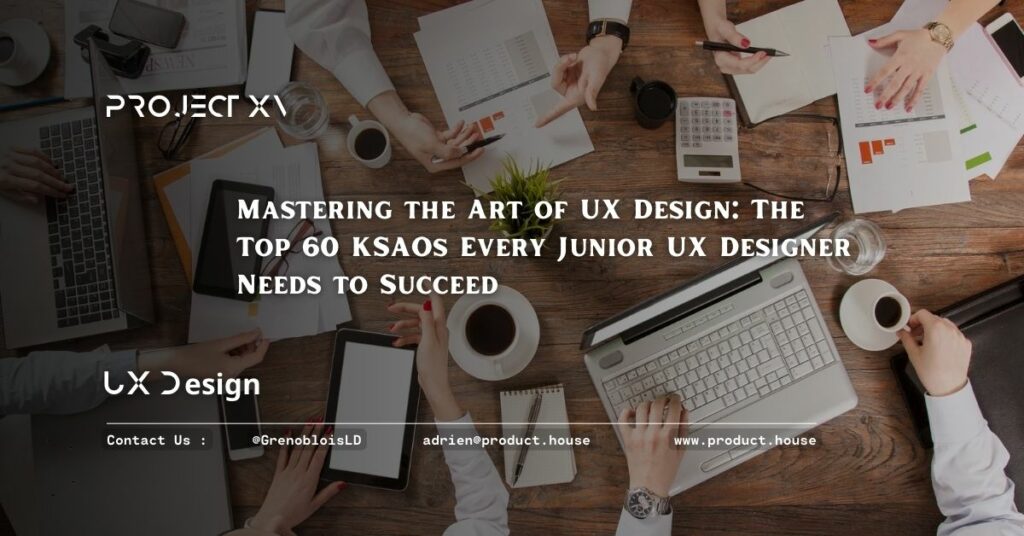O15. The Power of Resilience in Design: Overcoming Challenges, Building Confidence, and Achieving Success
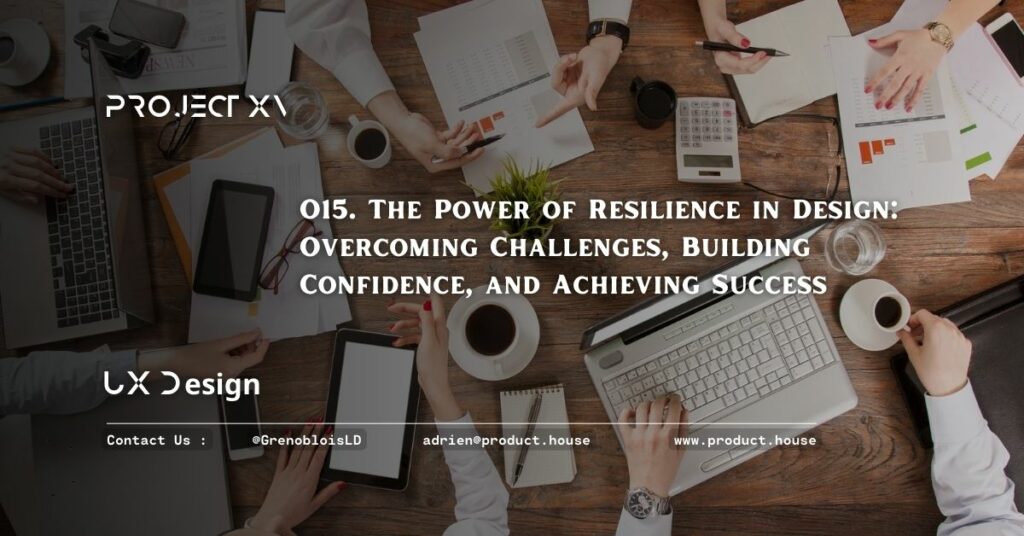
Resilience is essential for success in design. It involves the ability to overcome challenges, adapt to change, and persist in the face of obstacles. In this article, we’ll explore the benefits of resilience in the design process, and how it can enhance the quality of design work.
Overcoming Challenges
Resilience is essential for overcoming challenges in the design process. It involves the ability to persist in the face of obstacles, learn from failures, and adapt to change.
One of the key benefits of resilience is that it can lead to more effective problem-solving and better design solutions. By being resilient, designers can approach challenges with a positive mindset, find new and creative solutions to problems, and create designs that meet user needs more effectively.
Design Process
Resilience is also essential for success in the design process. It involves effective communication, collaboration, and a commitment to delivering high-quality work that meets user needs and business goals.
One of the key benefits of resilience is that it can lead to more effective and efficient designs. By being resilient, designers can approach challenges with a positive mindset, find new and creative solutions to problems, and create designs that meet user needs and business goals more effectively.
Building Confidence
Resilience is also essential for building confidence in the design process. It involves the ability to learn from failures, persist in the face of obstacles, and build a strong sense of self-efficacy.
One of the key benefits of resilience is that it can lead to greater confidence and self-efficacy in the design process. By being resilient, designers can develop a stronger sense of their own capabilities, build confidence in their abilities, and take on more challenging design projects.
Conclusion
In conclusion, resilience is a valuable asset for success in design. It enables designers to overcome challenges, adapt to change, and persist in the face of obstacles. Therefore, it’s important for designers to cultivate and maintain resilience in their work.

